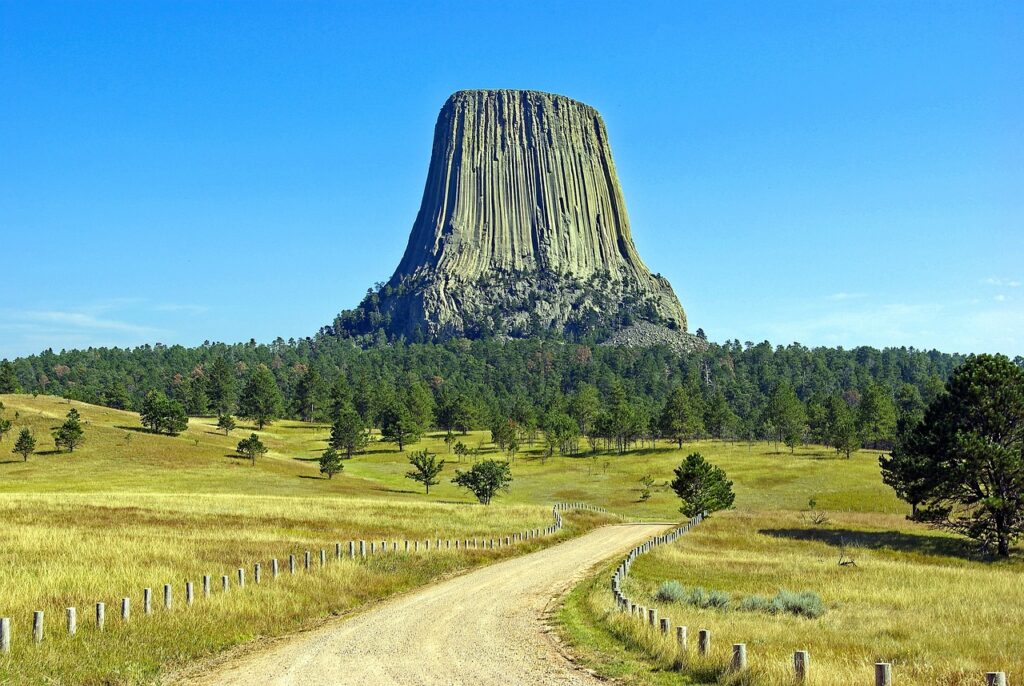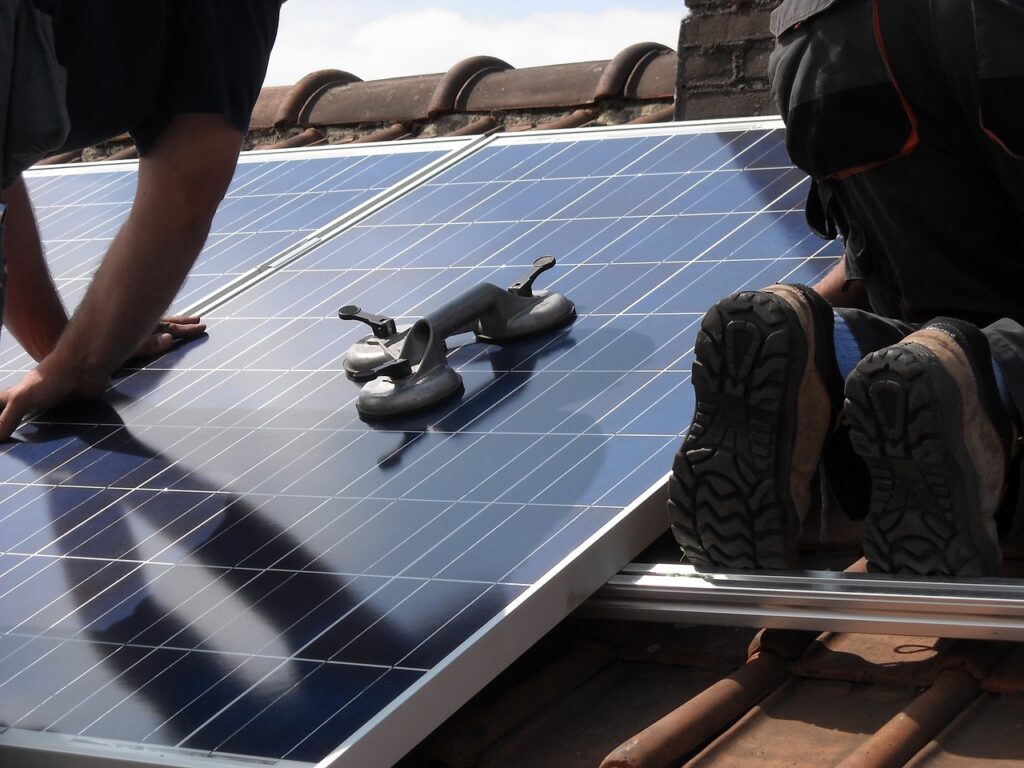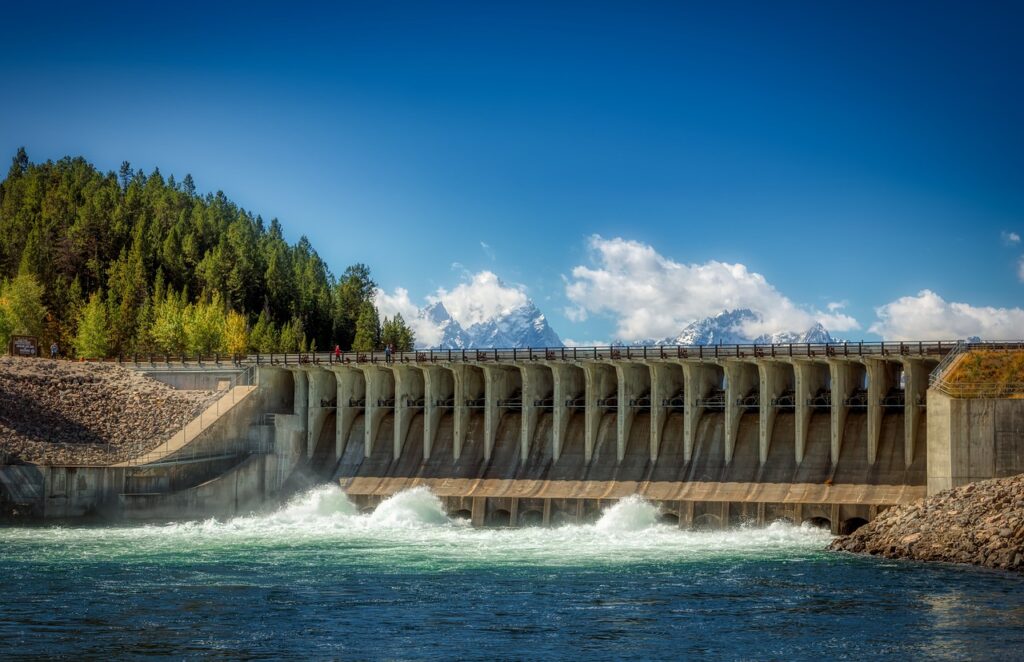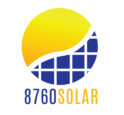
When it comes to solar energy, Wyoming is lagging behind and currently ranks 44th out of all states for the uptake of solar installations. Right now, 0.49% of the state’s energy comes from solar, providing enough solar to power just over 22,500 homes.
This isn’t surprising as Wyoming is the USA’s top producer of coal and provides a huge 41% of the entire US coal supply. As such, the state has been and continues to be slow to adopt clean energy practices.
Most of Wyoming’s solar energy comes from utility-scale installations, but the number of residential solar systems is starting to creep up slowly. However, there are still barely any commercial applications to be found anywhere in the state.
Is the current government doing anything to promote the uptake of solar energy? Unfortunately, not really. But that doesn’t mean you shouldn’t invest in it and there are still some excellent US-wide incentives that you can take advantage of.
In a Nutshell
- The US-wide REAP grant and 30% ITX tax credit are both available to Wyoming residents who go solar.
- Wyoming has a favorable net metering policy in place.
- Previous attempts by utility companies to squash net metering have been thwarted.
- A $100 million pot is available, which can match funds for certain qualifying energy projects that benefit Wyoming as a whole.
- There are no Wyoming government mandates for solar incentives available.
US-Wide Incentives

First, let’s cover the good stuff. Here are the US-wide incentives that break down the barrier of cost and make solar much more affordable to invest in, no matter which state you’re located in.
USDA REAP Grant
The USDA’s Rural Energy for America Program (REAP) was designed specifically for farmers and rural businesses. Funded by the Inflation Reduction Act, successful applicants can enjoy a grant of up to 50% of the cost of a solar installation (capped at $1 million).
We’ll just say here that so far, 100% of our clients who applied for the funding were successful, so while the application process can take a while, it’s not difficult to succeed.
Loans are also available for up to 75% of the cost of a solar installation, which REAP guarantees on your behalf.
This is an ongoing incentive that will likely continue beyond 2024. However, the current maximum grant amount of 50% could change.
At the time of writing this article, there were four remaining application windows for the 50% grant:
- December 31, 2023
- March 31, 2024
- June 30, 2024
- September 30, 2024
To apply, you must ensure the following:
- At least 50% of gross annual income must come from agricultural operations
- You must meet the Small Business Administration size standards (13 CFR 121)
- Your business must be located in an area with a population of 50,000 or less
- And you are one of the following:
- A private for-profit entity (sole Proprietorship, Partnership, or Corporation)
- A tribal corporation or business
- A cooperative
- Or an electric utility
- Your business has no outstanding delinquent federal taxes, debt, judgment, or debarments
To apply, click here and complete the relevant forms.
Federal Solar Tax Credit
The federal solar tax credit is available to both residential and business solar installations.
It consists of a 30% investment tax credit (ITC) as a reduction of your federal income tax liability. This amount is calculated as a percentage of the cost of the installed system.
Presently, credits can also be backdated (three years max) or carried forward (five years max).
To qualify for the tax credit, the following criteria must apply:
- The installation needs to have been placed in service in 2022 or later
- For projects that take place in 2033 and beyond, construction on the installation must have commenced in 2033
- It only applies to installations on US soil
- The solar equipment must either be new or have had limited previous use and it cannot be leased to a tax-exempt entity
Additional bonus credits (for business/commercial solar) can be achieved by fulfilling additional criteria:
- 10% Domestic content bonus: The installation must include at least 40% US-produced steel and iron and other components
- 10% Energy Community Bonus: The installation must be situated in a designated energy community
- 10% Low-Income Bonus: For installations located in a low-income community or on Indian land
To get the credits, you must complete and attach form 8962 to your tax return.
Wyoming Solar Net Metering

The Wyoming Public Services Commission (PSC) currently mandates net metering in the state. This is a favorable system that allows you to exchange your excess solar-generated energy in exchange for credits that can be redeemed for grid-drawn power.
Essentially, for every excess kWh of solar energy you send to the grid, you gain a “credit” for a kWh worth of grid power that is used to offset the cost of your energy bill.
However, utility companies have been lobbying hard to get rid of net metering and replace it with something far less favorable. Fortunately, their recent attempt to pass a bill that would remove net metering was unsuccessful – but only narrowly so. This follows several failed previous attempts to do away with net metering, so it’s likely we can expect more again in the future.
Here are some of Wyoming’s largest utility providers and their net metering policies:
- Black Hills Energy: Eligible for solar systems 25kWh or less in size. Unused credits roll over each month and are “banked” until the end of the year when they are cashed out at avoided-cost rates.
- Carbon Power & Light: No installation size restrictions documented. Unused credits are banked and cashed out at avoided-cost rates at year’s end.
- Rocky Mountain Power: Eligible for solar systems 25kWh or less in size. Banked credits are cashed out at year-end at the average energy rate for winter and summer non-firm avoided costs.
- Lower Valley Energy: Eligible for solar systems 25kWh or less in size. Larger systems are considered but need board approval. Credits are reflected on the utility bill as avoided energy costs for the generation period during which the customer supplied energy.
To understand more about net metering, check out our full article on the subject. If your utility company isn’t noted here, we recommend getting in touch with them and asking about net metering.
Other Wyoming Solar Incentives

There are no clean energy incentives that have been mandated by the Wyoming government.
There is, however, something called “Energy Matching Funds”, which is a pot of money ($100 million in 2022) that provides matching funds for private or federal funding for research, demonstration, pilot projects, or commercial deployment of energy projects that aim to address Wyoming’s energy needs. Solar is among the list of qualifying energy types.
The qualifying criteria to obtain matching funds are as follows:
- The desired action or outcome of the energy project must be directly related to addressing Wyoming’s energy needs.
- The applicant must have at least 50% matching funds for the project (private or federal).
- The project must provide a public benefit for Wyoming.
- The project outcome must significantly advance research or commercial deployment that benefits Wyoming.
- There must be demonstrable evidence that the applicant is able to successfully execute the project.
Overall, it looks like this is a tough one to qualify for and the average individual or business that just wants solar energy to power their property won’t be eligible. On the other hand, if you are planning to build a solar energy farm, then this may very well be eligible. More can be read about the matching energy fund here.
Should I Get Solar if I Live in Wyoming?

Solar energy always has a benefit, even if there are no decent solar incentives available in the state where you live.
While Wyoming is reluctant to fully jump on the solar train, its continued use of net metering is encouraging and has the potential to reduce your energy bills by up to 96%. This advantage is huge and cannot be ignored. And, when coupled with the 30% tax credit, you can start to understand how significant the savings really are.
Even better, if you are a rural business, you can take advantage of the 50% REAP grant too.
Oh, and don’t forget that solar panels last for years. Most warranties are for 25 years, but solar panels can actually last much longer than that, even if they do drop slightly in efficiency along the way.
So, in short, yes! It’s absolutely worth getting solar if you live in Wyoming!
To understand more about solar energy, why not talk to an expert?
At 8760 Solar, we specialize in providing solar installations to farms and agricultural businesses. If you’re a farmer and want to reduce your energy bills, we want to talk to you!
Text “READY” to 719 470-0254 or get in touch via email: sales@8760solar.com and we’ll get back to you right away.
Frequently Asked Questions
Does Wyoming Have Solar Incentives?
Wyoming has a net metering policy in place, which means you can exchange your unused solar energy for energy from the grid when needed. However, there are no other Wyoming-specific solar incentives currently in place.
Is Wyoming a Good Place for Solar Panels?
Wyoming has an average of 222 days worth of sunshine per year. This makes it a good candidate for solar panels. However, the state is slow to adopt solar energy, which only accounts for 0.49% of its generated electricity.
How Much Are Solar Panels in Wyoming?
According to EcoWatch, the average cost of a 6kW solar installation in Wyoming is just over $20,500 and a 12kW system will cost almost $31,000.
